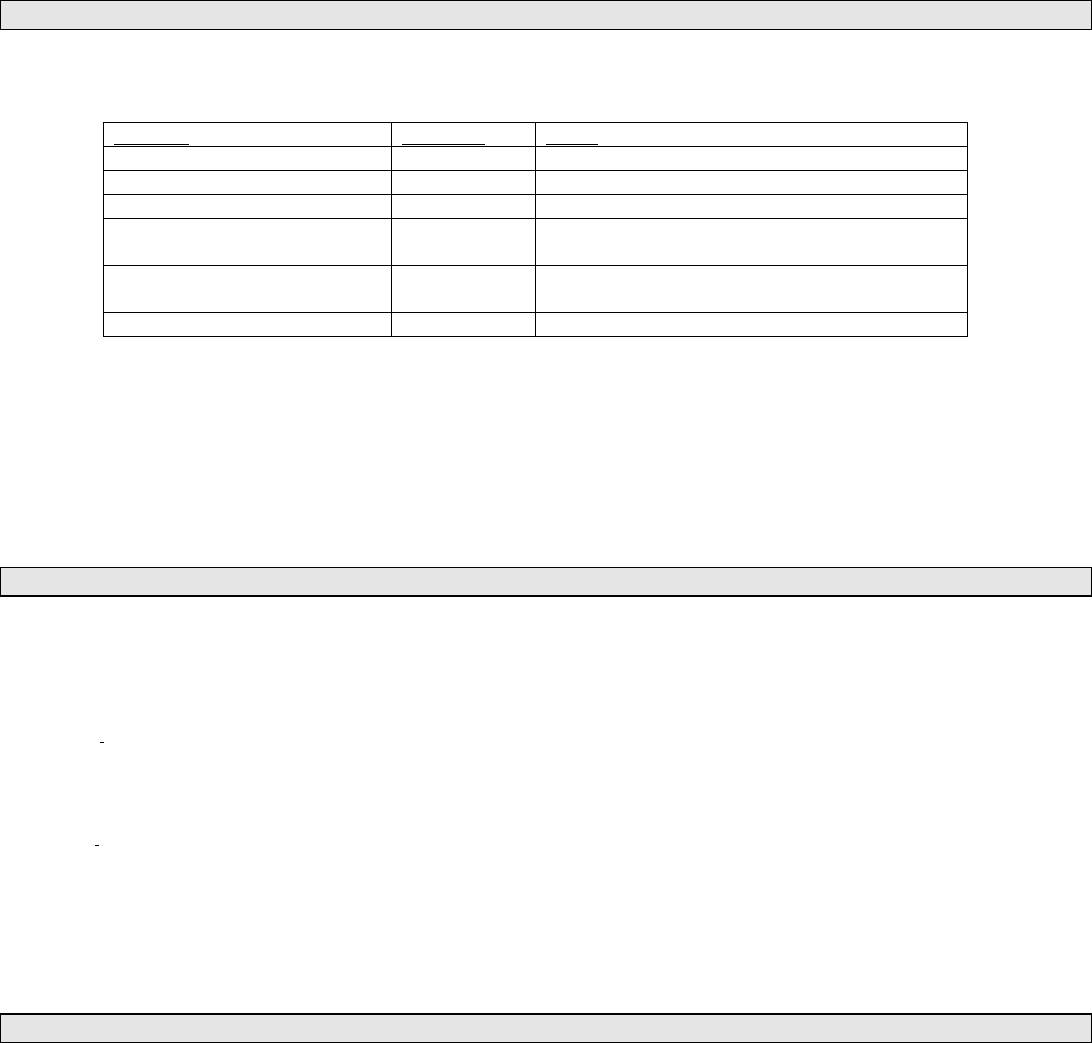SDS

Print Date: 2015-08-06
SDS-Non-Phthalate FlexPVC.docx 2 | P a g e
Ingestion is not a typical route of industrial exposure, and is thus not expected to cause any adverse health effects
No known acute health effects. All formula components are fully encapsulated in polymer, and thus do not necessarily reflect the
hazards of the dry chemicals. Under normal conditions of use, the occupational hazards associated with the material are expected to
be minimal.
Section 3 - Composition/Information on Ingredients
PVC compound is an inert material in normal usage. All the intentionally added components listed below are encapsulated in the PVC
matrix. Typical compositions follow:
Material Weight% Detail
Polyvinyl chloride polymer 35-80% PVC resin
Plasticizer 10-60% High molecular weight esters
Inert fillers 0-40% Calcium carbonate, Kaolin clay
Heat stabilizer 1-5% Organometallic compounds of Barium and/or
Calcium Zinc
Flame Retardant 0-20% Antimony trioxide, aluminum trihydrate,
phosphate ester
Colorants 0-3% Organic and inorganic colorants
Exposure Guidelines: No exposure limits have been established for this material. It is recommended that exposure be kept below
limits for PNOC (Particulates Not Otherwise Classified) nuisance dust:
OSHA-PEL: 15 mg/m
3
TWA for 8-hrs (total dust)
5 mg/m
3
TWA for 8-hrs (respirable)
ACGIH-TLV: 10 mg/m
3
TWA for 8-hrs (inhalable)
3 mg/m
3
TWA for 8- hrs (respirable)
Section 4 - First-Aid Measures
Take proper precautions to ensure your own health before attempting a rescue to provide first aid
Inhalation: If exposure to vapors or fumes presents a respiratory issue, move subject to fresh air. If symptoms persist administer oxygen and
seek immediate medical attention
Skin Contact: Flush with water to remove material from skin. Obtain medical attention if irritation persists. Under normal processing PVC
compound can be 300-400°F (149-204°C), which can cause skin burns. If molten material contacts skin, DO NOT ATTEMPT
TO REMOVE; quench immediately with water to cool the polymer and skin. Do not peel polymer from skin. Administer first
aid relative to the severity of the burn. Seek medical attention for serious burns.
Eye Contact: Flush eyes thoroughly with water while holding eyelids open; DO NOT RUB. If continued discomfort is present seek medical
attention.
Ingestion: Rinse mouth with water. Do not induce vomiting un less deemed necessary by a medical professional. Adverse health effects
due to ingestion are not anticipated. Material is not expected to be absorbed from the gastrointestinal tract.
Notes to physician: Treatment of overexposure should be directed at the control of symptoms and the clinical condition of the patient. Treat burns or
allergic reactions conventionally after decontamination.
Section 5 - Fire-Fighting Measures
Flammability Class: Not Established. Polymer will burn, but does not easily ignite.






